What is the Zero Conditional?
When expressing universal truths, scientific facts, or circumstances that always occur when a certain condition is satisfied, the zero conditional is employed. It is composed of two parts: the if-clause (condition) and the main clause (result).
Definition of Zero Conditional
Structure of Zero Conditionals
If + Present Simple, Present Simple
- If-clause: This part contains the condition, using the present simple tense.
- Main clause: This part shows the result in the present simple tense.
Rules for Using Zero Conditionals
General Truths and Universal Facts:
Use the Zero Conditionals to state facts that are always true.
- If water reaches 100°C, it boils.
- If you mix red and blue, you get purple.
Routine Actions and Habits:
It can describe habitual actions or routines that happen under specific conditions.
- If I wake up early, I go for a run.
- If the store opens at 9 AM, I shop there in the morning.
Instructions and Directions:
Often used in giving instructions or explaining processes.
- If you press this button, the machine starts.
- If you add sugar, the tea tastes sweeter.
Using Zero Conditionals in Questions
- What happens if you heat ice?
- What do you do if it rains?
Examples of Zero Conditional
| If-Clause (Condition) | Main Clause (Result) |
|---|---|
| If you heat water to 100°C, | it boils. |
| If you touch fire, | you get burned. |
| If you freeze water, | it becomes ice. |
| If the alarm goes off, | we wake up. |
| If you press this button, | the machine stops. |
| If you add sugar to tea, | it tastes sweet. |
| If you sleep late, | you feel tired. |
| If you exercise regularly, | you stay fit. |
| If the clock strikes twelve, | it is noon. |
| If you mix yellow and blue, | you get green. |
| If you don’t study, | you don’t learn. |
Differences Between Zero Conditionals and Other Conditionals
Understanding the difference between Zero Conditionals and other conditionals is crucial for proper usage. Unlike the First Conditionals, which talks about real and possible future situations, the Zero Conditional deals with facts and certain outcomes.
For example:
- Zero Conditionals: If you mix yellow and blue, you get green. (Always true)
- First Conditional: If it rains tomorrow, we will cancel the picnic. (Possible future event)
Combination with Modal Verbs:
- Modal verbs like “can” and “should” are occasionally employed to describe possibilities or suggestions, even though the Zero Conditional usually utilizes the present simple tense.
- Example: “If you study hard, you can succeed.” This suggests a potential outcome based on a factual condition.
How to Practice Zero Conditionals
To master the Zero Conditional, practice is key. Here are some tips:
- Identify General Truths: Think of common facts or truths and try to form Zero Conditional sentences.
- Create Routine Sentences: Describe your daily habits using the Zero Conditional structure.
- Use in Real Conversations: Try to incorporate Zero Conditional sentences in your daily conversations.
Learn more helpful articles

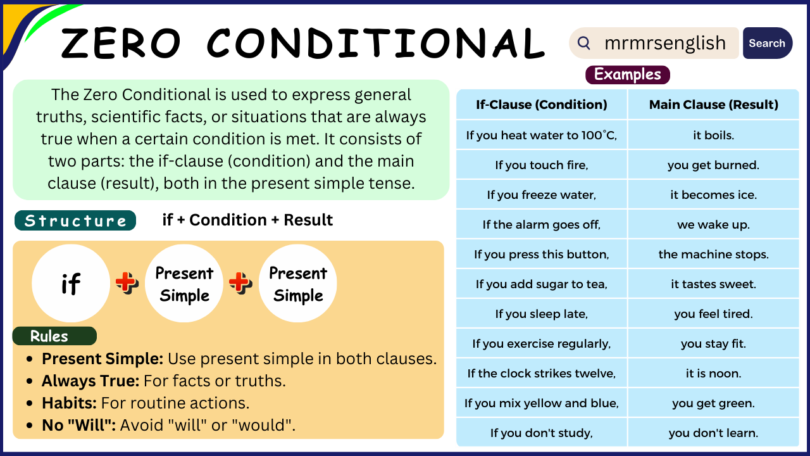
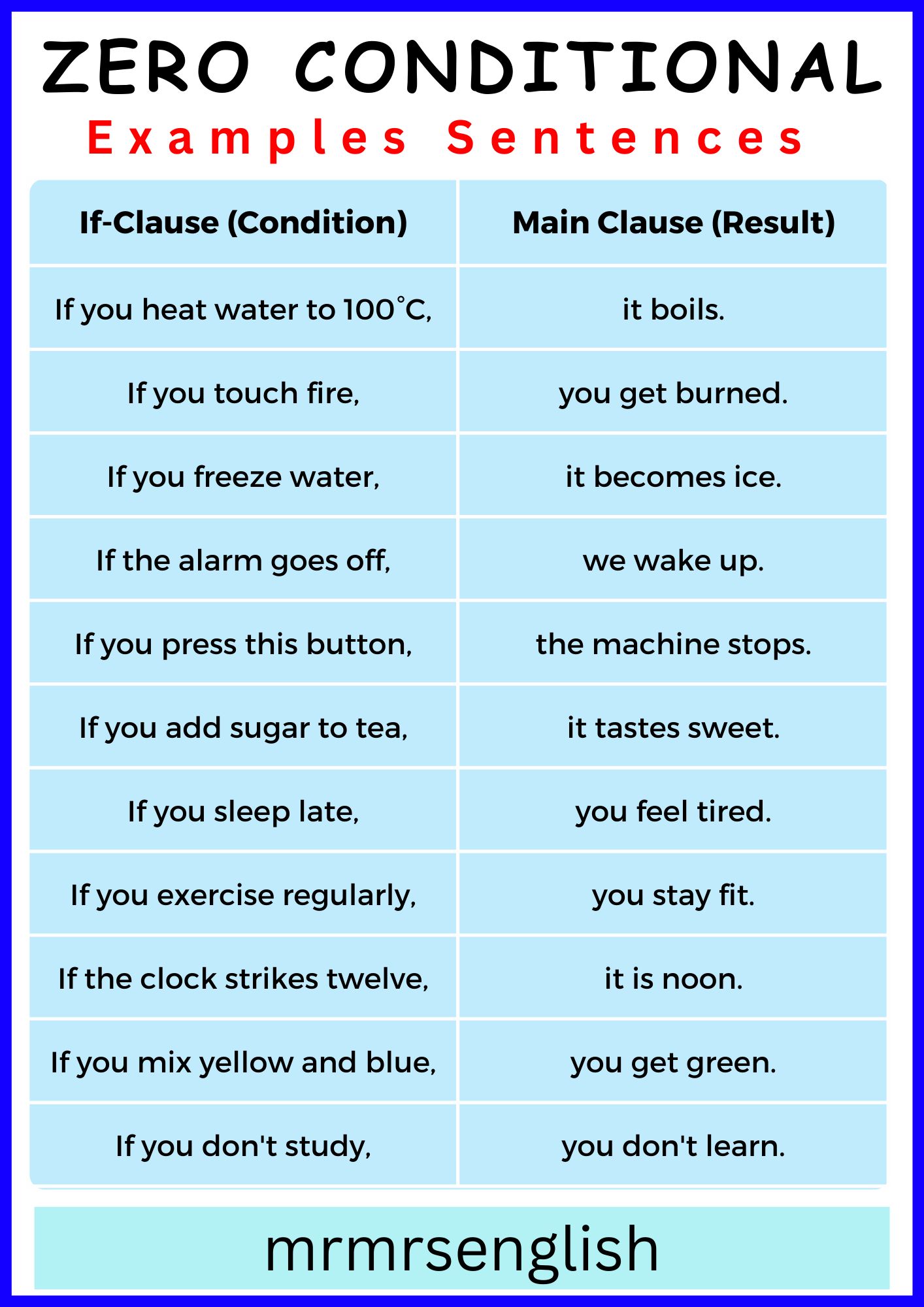
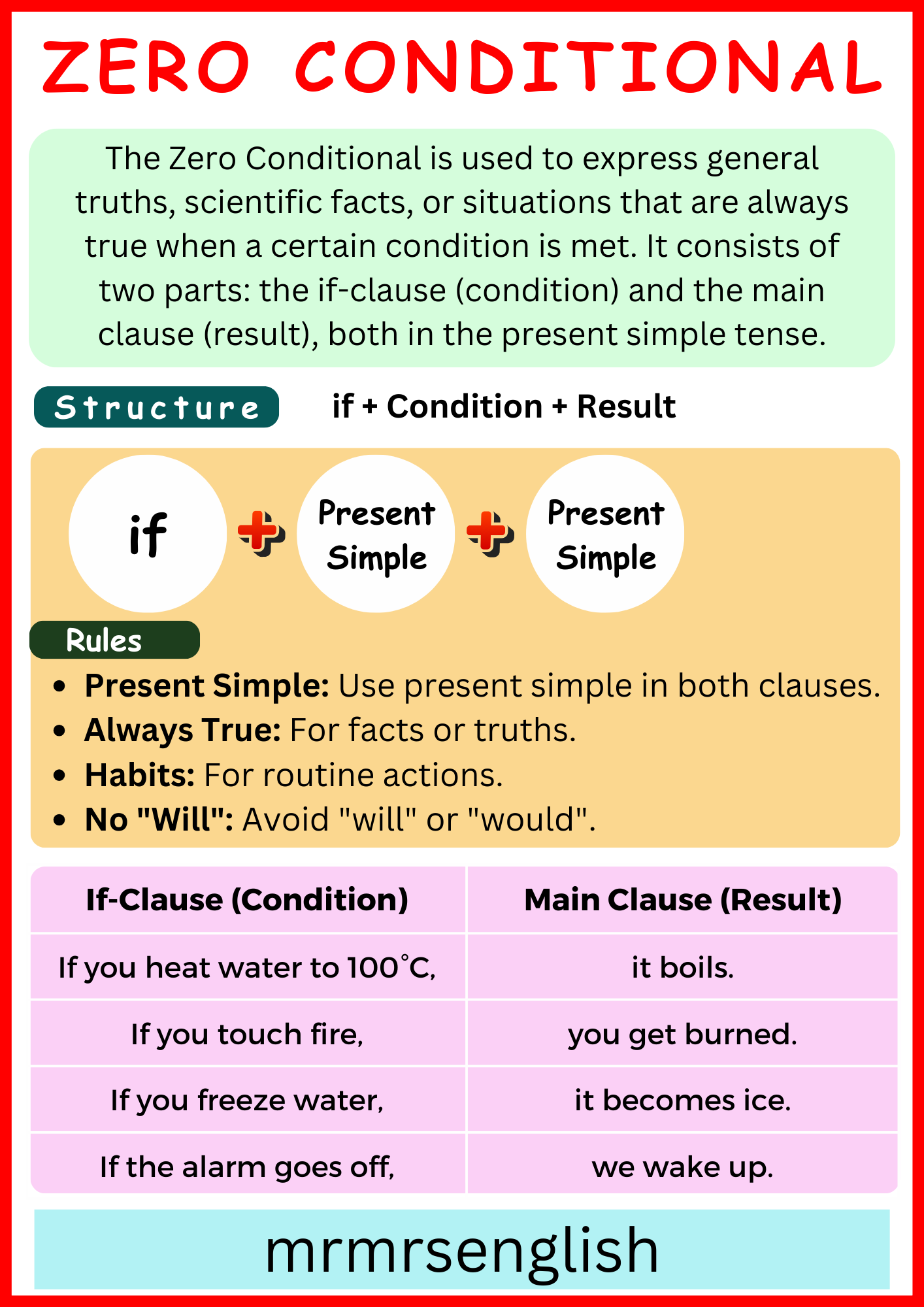
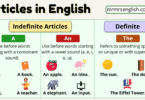

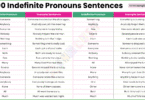
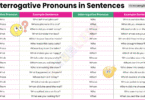
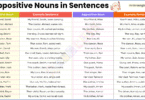
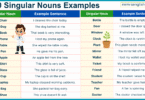
Leave a Comment